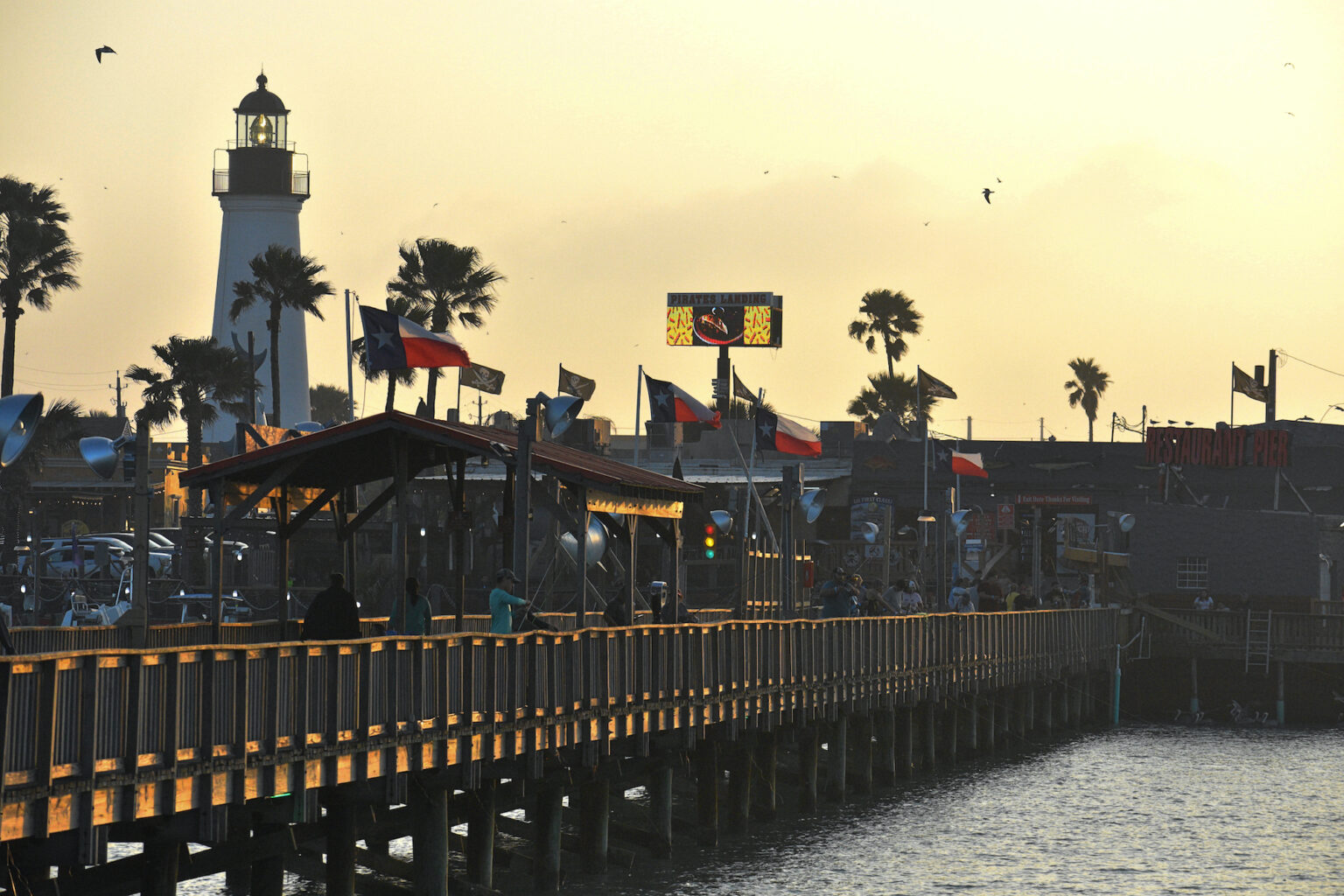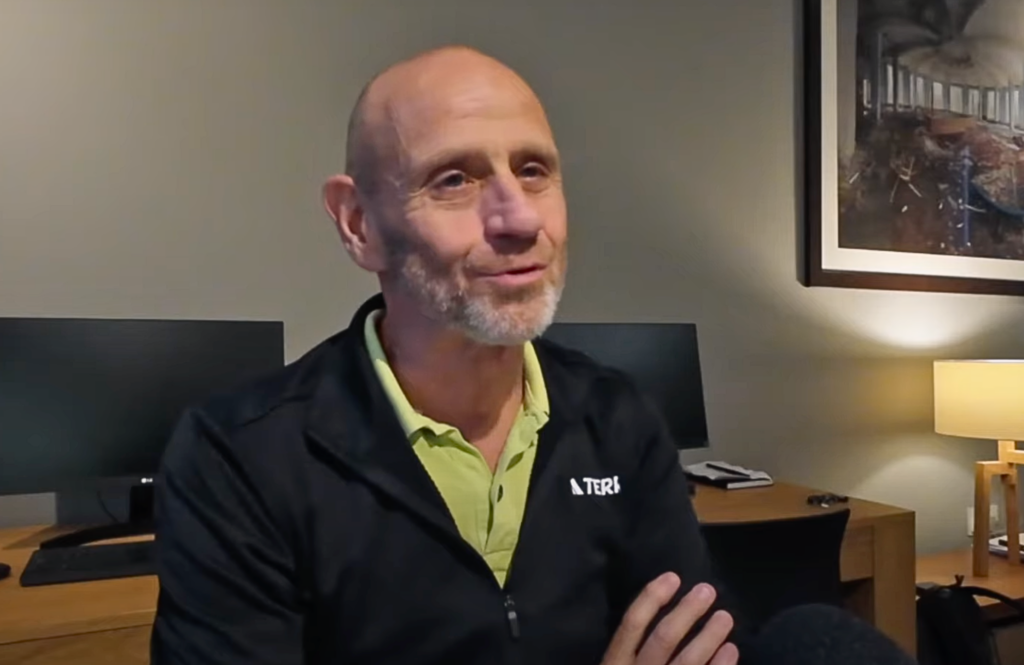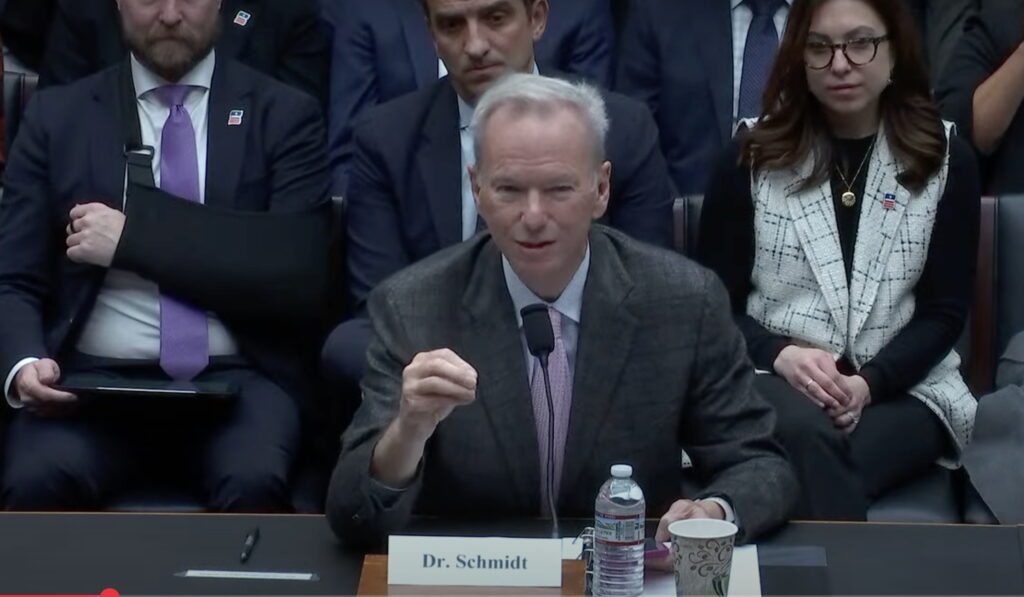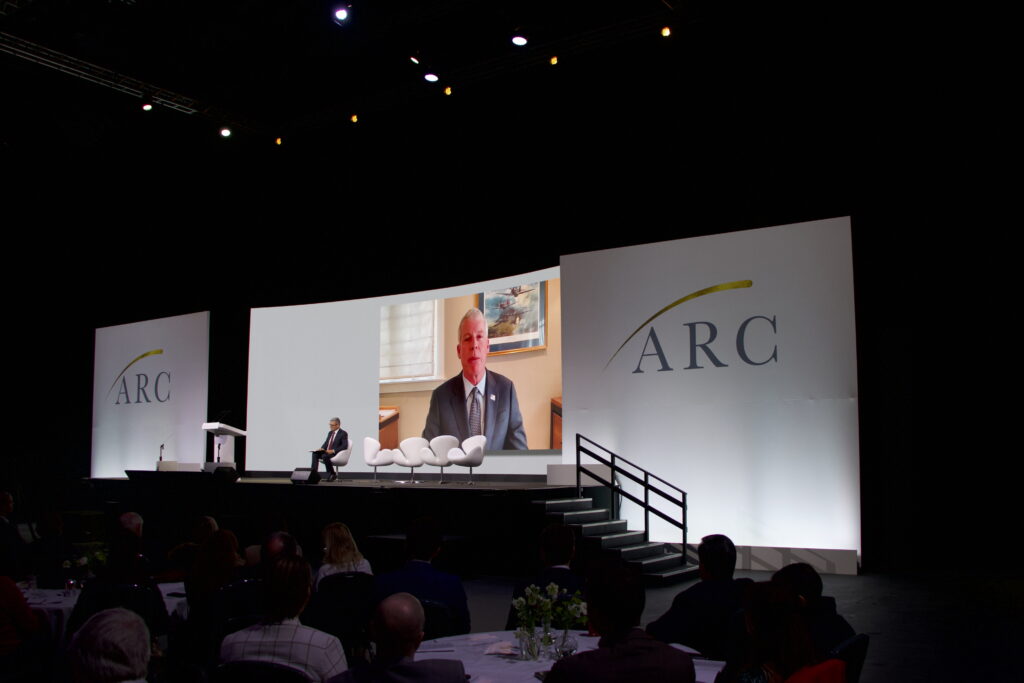In March, a man named David Irizarry wrote a letter to the Federal Energy Regulatory Commission (FERC) in support of a liquefied natural gas (LNG) project to be built in Brownsville, Texas. The Rio Grande LNG project (RGLNG), estimated to cost more than $11 billion, would be the largest private sector investment in Texas’ history. But it was awaiting a key decision from FERC.
“As you know, the US appeals court of the DC circuit rejected all but two of the claims put forward by opponents of RGLNG related to RGLNG’s FERC order,” Irizarry wrote. Irizarry is not in the gas business, nor does he deal with energy policy. As the chief executive of the Valley Regional Medical Center, a medical system serving Brownsville and the Rio Grande Valley, his letter displayed an unusually fluent understanding of the ins and outs of the federal gas permitting process.
“The project is currently facing regulatory uncertainty that is related to the court remand, which is hindering its progress,” he wrote.
A 2021 decision from the U.S. Court of Appeals for the D.C. Circuit required FERC to revisit an earlier authorization for the LNG project, but by early 2023, the agency had yet to take action, leaving the project in limbo.
A few weeks after Irizarry filed comments to FERC, the Brownsville Fire Chief voiced similar concerns. In fact, the language was nearly identical. “The project is currently facing regulatory uncertainty that is related to the court remand, which is hindering its progress,” Chief Jarrett V. Sheldon wrote in a submission to FERC. “However, after 19 months, the court and RGLNG are still waiting for the Commission to respond; this seems unusually long,” he added.
Nearly two dozen other official comments were formally submitted to the FERC docket in March and April, all with similar language. In most cases, they were near copies of each other, only differing in their letterheads. Comments also came from top officials in Cameron County, Texas, where Rio Grande LNG would be built, including a Cameron County judge, a county commissioner, a Texas state representative, a small town mayor, an executive from the Portuguese gas company Galp, and a half dozen commissioners at the Port of Brownsville.
As it turns out, the letters appear to have all been ghostwritten and submitted by NextDecade, the sponsor of the Rio Grande LNG project.
According to emails obtained through a public records request by DeSmog, NextDecade approached these officials with a draft letter to FERC, asking for their support.
“I’m writing to ask if you would be willing to send a letter of support for the RGLNG project to the Federal Energy Regulatory Commission (FERC) Chairman,” Andrea Figueroa Benton, the head of community relations at NextDecade, wrote in a March 14 email to Cledia Hernandez, the acting vice chancellor for the Texas State Technical College. “Please let me know if you would be willing to send a letter. Attached is a draft that you may edit as necessary.”
Hernandez edited the draft letter to discuss the benefits to the technical college from an LNG project and sent it back to NextDecade. “The skills learned in these programs can be applied to the construction and operation of the RGLNG project creating job opportunities for our students,” she wrote.
In an email to DeSmog, Hernandez noted her changes. “With the exception of the introductory paragraph stating my title and the purpose of the letter, the two letters have no other common language,” she said.
But unlike Hernandez, nearly all of the twenty other prominent supporters identified by DeSmog made minimal changes to NextDecade’s draft, and simply slapped their letterhead onto it. They include Cameron County Commissioner Sofia Benavides, Cameron County Judge Eddie Treviño, Texas State Representative Erin Elizabeth Gámez, the Mayor of Los Fresnos Alejandro Flores, and six officials at the Port of Brownsville, where the LNG project is located.
DeSmog reached out to the more than dozen public officials who submitted comments that closely mirrored NextDecade’s draft, and none of them responded.
“There’s been a lot of public resistance to this project. A lot of vocal opposition to it,” Jennifer Richards, a staff attorney at Texas RioGrande Legal Aid, who has been involved with litigation against the project, told DeSmog. “This is likely an attempt for Rio Grande LNG to bolster the public record to show that people support it, or that someone supports it. I don’t think that’s the same thing as community feedback.”
An “Imbalance of Power”
In early 2023, after suffering repeated delays due to market uncertainty and legal setbacks, NextDecade seemed to be growing impatient. The company was conducting some limited site preparation at the Port of Brownsville, but was awaiting the final go-ahead from FERC. In 2021, a federal court said that FERC violated the National Environmental Policy Act when it had authorized the Rio Grande LNG project, and it ordered the commission to redo its analysis of environmental justice and climate impacts of the project. The result was a lengthy delay for the gas export terminal.
By February 2023, with Rio Grande LNG several years behind schedule, NextDecade fired off an angry letter to FERC. “[I]t is patently clear that an ongoing, 18-month process to address two questions remanded to the Commission is inexcusable,” NextDecade wrote. “We respectfully request that you rectify this immediately.”
In the following weeks, a flurry of comments in support of Rio Grande LNG began to appear in the FERC docket. They came from notable officials in Brownsville, all citing “regulatory uncertainty” and calling for swift approval of the project. The letters also said that “most people” in the community supported the project.
But they were all filed by NextDecade, using language written by the company. NextDecade did not respond to questions from DeSmog.
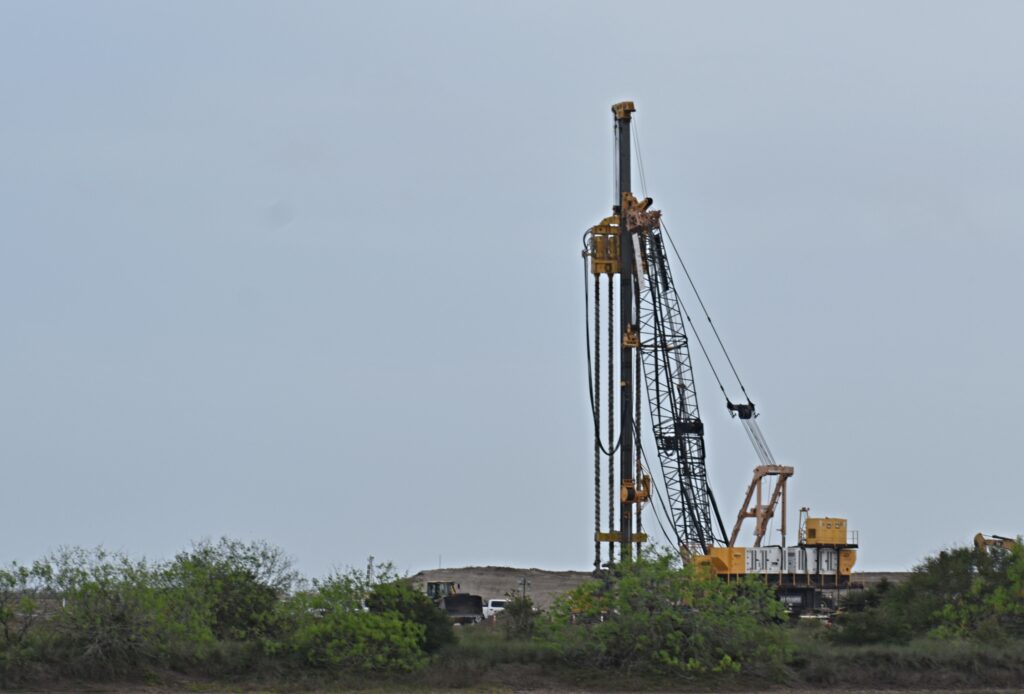
The comments came at a sensitive time, as FERC was wrapping up its environmental analysis. On April 21, FERC announced its decision, reapproving the project. The decision was essentially the same as its first approval four years ago, only with a bit more homework to back up its decision.
FERC expanded the radius in which it assessed impacts, and discovered 367 additional “environmental justice” communities that would be impacted by Rio Grande LNG and its associated Rio Bravo gas pipeline, a proposed 137-mile pipeline that would carry gas from an energy storage hub near Corpus Christi to the proposed terminal in Brownsville. It also found that emissions of particulate matter — tied to asthma, decreased lung function, and cardiovascular ailments — could potentially exceed federal standards.
But despite these additional impacts, and the fact that impacts would disproportionately fall on low-income communities and communities of color, FERC Chairman Willie Phillips nonetheless said that the environmental impacts would be “less than significant.”
Project opponents were aghast. “I’m not sure how a federal agency can openly acknowledge that all of the impacts of these terminals will be borne by environmental justice communities and then also conclude that that’s in the public interest,” Richards said. She added that NextDecade’s apparent ghostwriting on behalf of public officials demonstrates “the imbalance of power” between the gas industry and local communities where polluting facilities will be built.
“The LNG companies have access to public officials in a way that other folks don’t,” she said. “And there was really no attempt by FERC to try to go out and see what people living on the ground, how they might respond to this application.”
One FERC Commissioner, Allison Clements, dissented with the reapproval decision, stating that the failure of FERC to do a supplemental environmental impact statement — a more thorough analysis than the one that FERC did — leaves the Commission with “a fundamentally flawed record that cannot support a public interest determination.” She also suggested that the abbreviated analysis could once again open up the LNG project to litigation.
Opponents of the project saw it in similar terms. On May 22, a coalition including the Sierra Club, City of Port Isabel, the Carrizo/Comecrudo Tribe of Texas, and a local community group called Vecinos para el Bienestar de la Comunidad Costera (Neighbors for the Wellness of the Coastal Community), filed a request with FERC for a rehearing of the commission’s recent approval of the LNG project. Noting multiple deficiencies and the lack of a supplemental environmental impact statement, the filing called FERC’s approval a “procedural shortcut.”
“[R]ather than exercise its independent judgment, FERC has simply uncritically accepted the representations of the industry FERC is supposed to regulate,” the filing states.
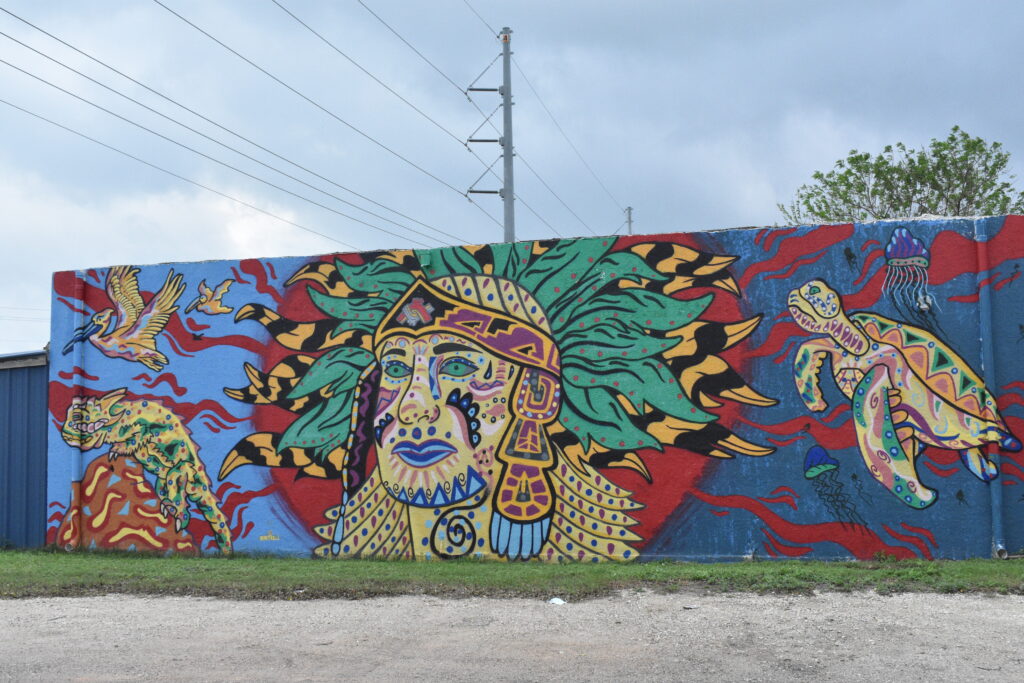
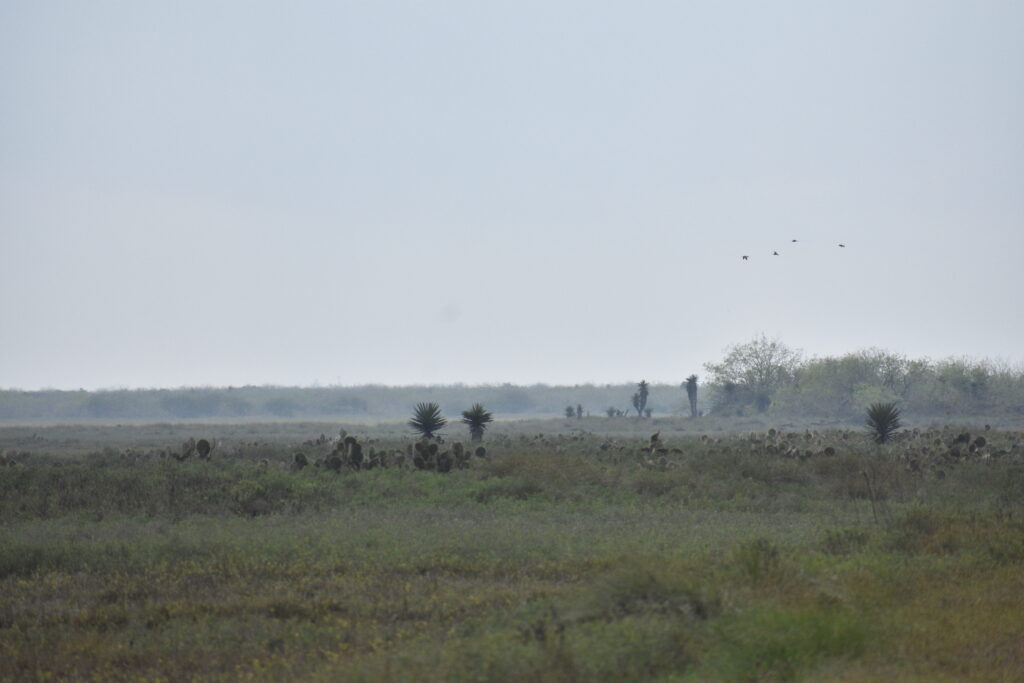
Meanwhile, Rio Grande LNG has faced scrutiny from some of its overseas customers regarding its climate impact. The project aims to ship gas fracked from the Eagle Ford and Permian basin in Texas’ shale fields, where the unchecked flaring of gas and rampant methane leaks have trashed the industry’s reputation. In 2020, French gas trading firm Engie backed out of a deal to buy cargoes from Rio Grande LNG.
In response, NextDecade promised to implement carbon capture and sequestration (CCS) at the facility, claiming that it would be the “greenest LNG project in the world.” It’s not clear that the technology will work — CCS has failed or underperformed at many other oil and gas sites around the world — but even if it did, it would only capture a small fraction of the facility’s emissions, ignoring methane leaked upstream and the burning of the gas overseas.
In any event, NextDecade hasn’t made much progress. The company has thus far not even selected a location for the CCS project. In fact, FERC suspended its review of the CCS portion of the project in April, noting that NextDecade has failed to submit enough information.
But that might not matter to NextDecade. In an August 2022 filing to FERC, the company characterized its CCS project as a “voluntary undertaking,” and stated: “[I]t is possible that the CCS System Project may not operate at all times. It is also possible that RGLNG may not be able to move forward with the CCS System Project for any number of reasons.”
In other words, NextDecade intends to go forward with the LNG terminal with or without CCS.
The CCS claims, even if thin on details, serve a purpose. By wrapping the project in climate-friendly language, NextDecade appears to be succeeding in assuaging the concerns of buyers. By May 2022, Engie was back on board, agreeing to a 15-year deal to buy LNG from the export terminal.
The last piece of the puzzle is securing one more big buyer for its LNG. In January, gas brokerage firm Poten & Partners suggested that TotalEnergies was in talks for a deal with Rio Grande LNG, one big enough to push the project over the finish line and into active construction. That has yet to happen, however.
For NextDecade, time is of the essence. The company said it would announce a final investment decision by the end of June. But it has issued such deadlines before, only to push off the decision. Every delay costs money. The company is burning through $15 million per month, according to Evercore ISI, an equity analysis firm. If the final investment decision is not made by the end of the second quarter, NextDecade will need some sort of “liquidity injection,” Evercore said.
But unless FERC decides to rehear the matter, NextDecade has all the federal permitting it needs to move forward. Opponents are hoping the commission reconsiders, but it’s not clear if their request for a rehearing has good odds. Given FERC’s track record, it could be a longshot. FERC did not respond to questions from DeSmog.
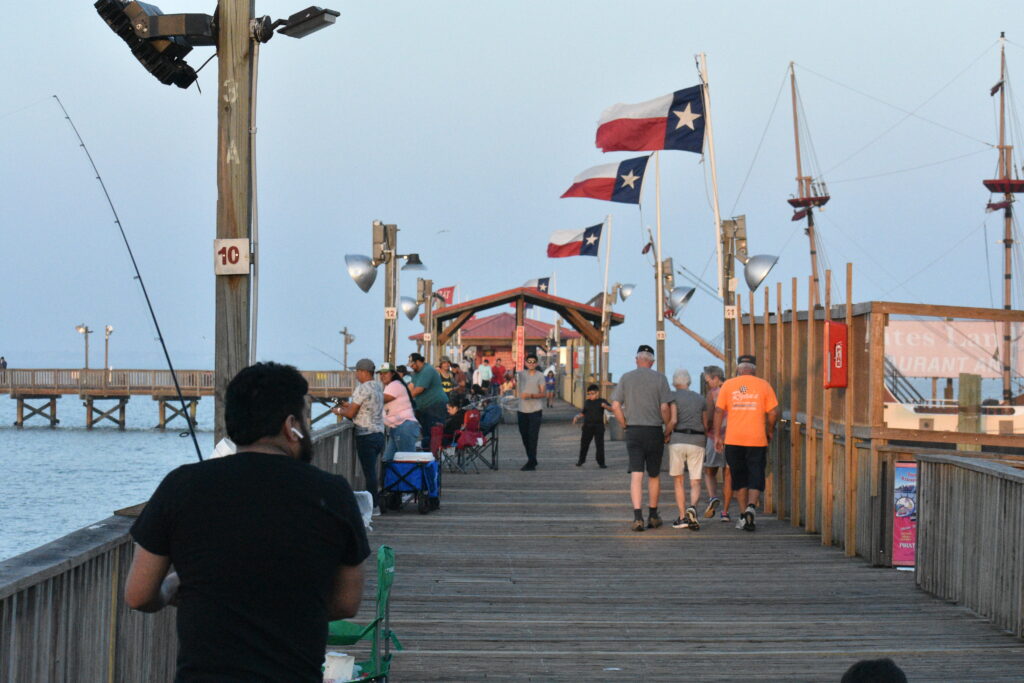
“Our local economy relies on fishing and environmental tourism. If we damage these vital natural resources, then we stand to lose thousands and thousands of good paying jobs that sustain our local workforce,” Jared Hockema, city manager for the City of Port Isabel, a town that sits very close to the proposed sites, said in a press conference on May 24.
“For what? For 150 workers that may work at these plants that aren’t even from these areas?” he said. “This decision reflects FERC’s lack of diligence and lack of examination of this development, and we are calling upon them to reconsider their actions and consider the extreme danger of these facilities.”
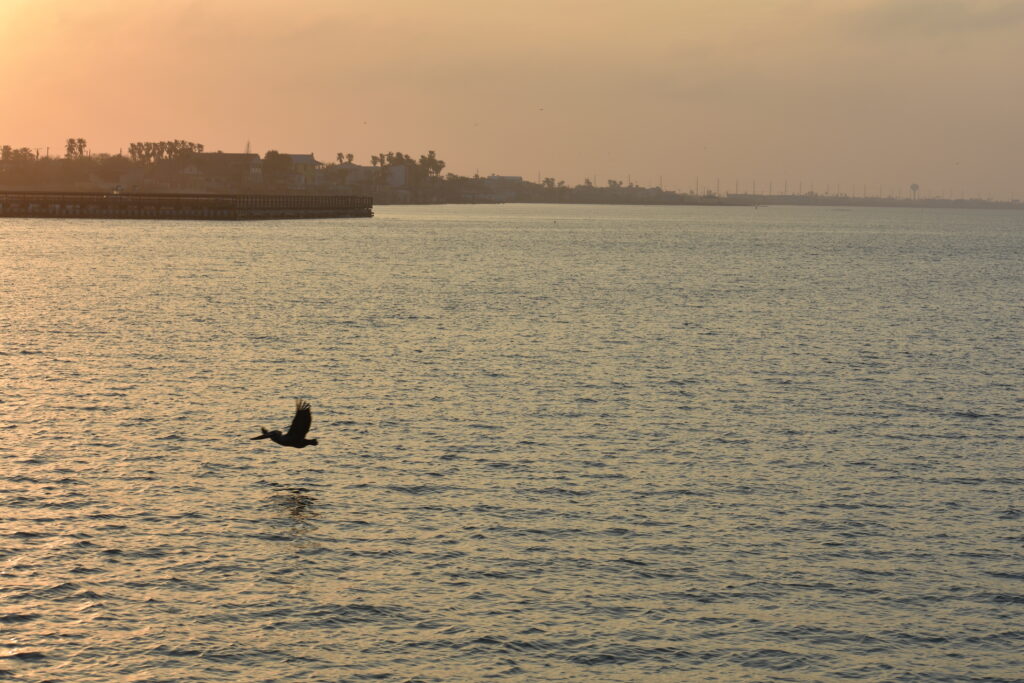
Subscribe to our newsletter
Stay up to date with DeSmog news and alerts


